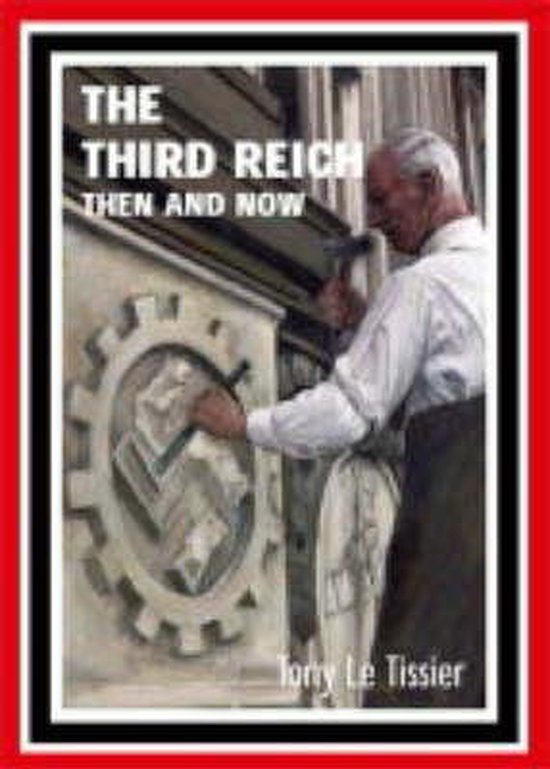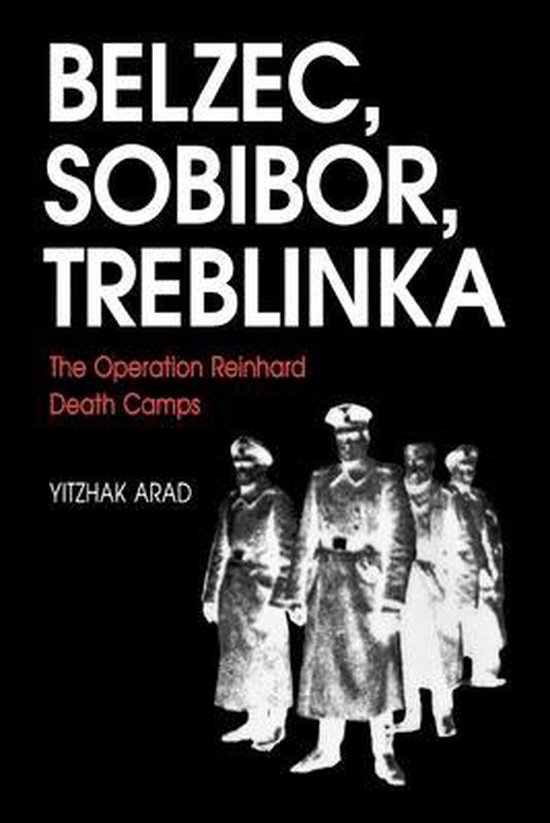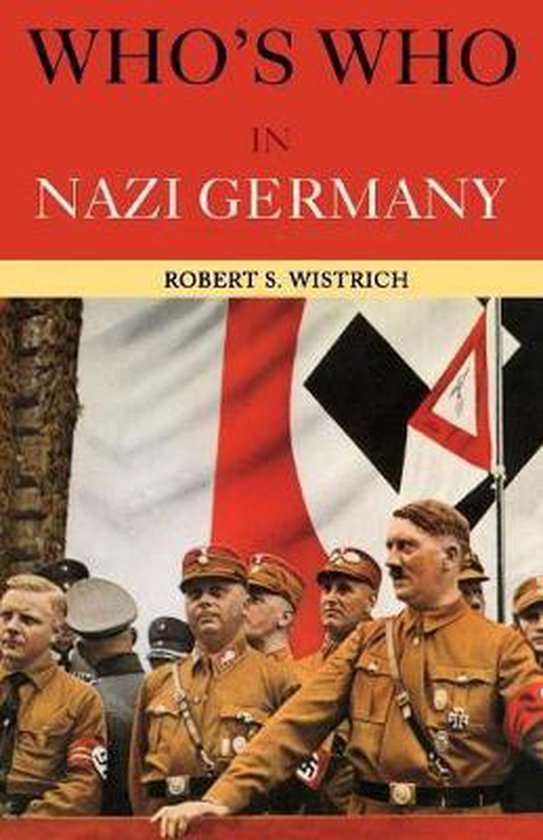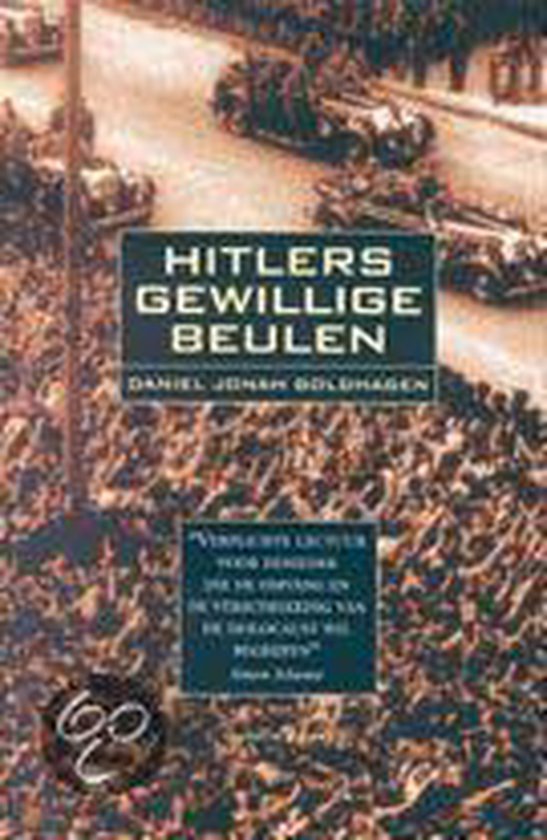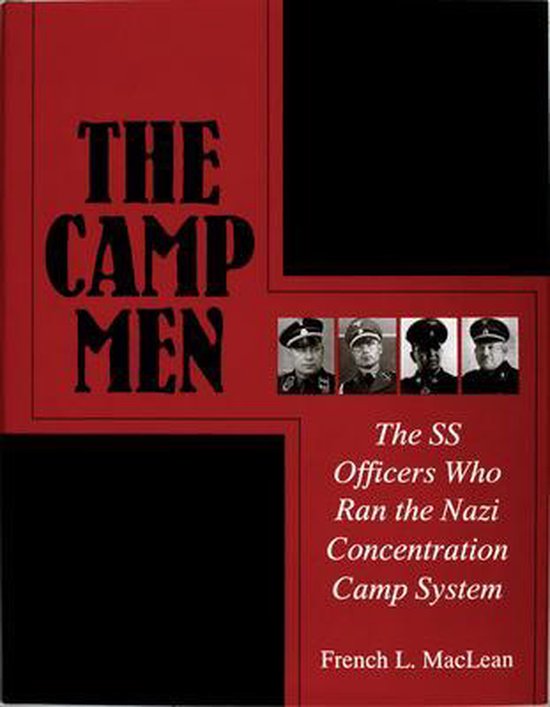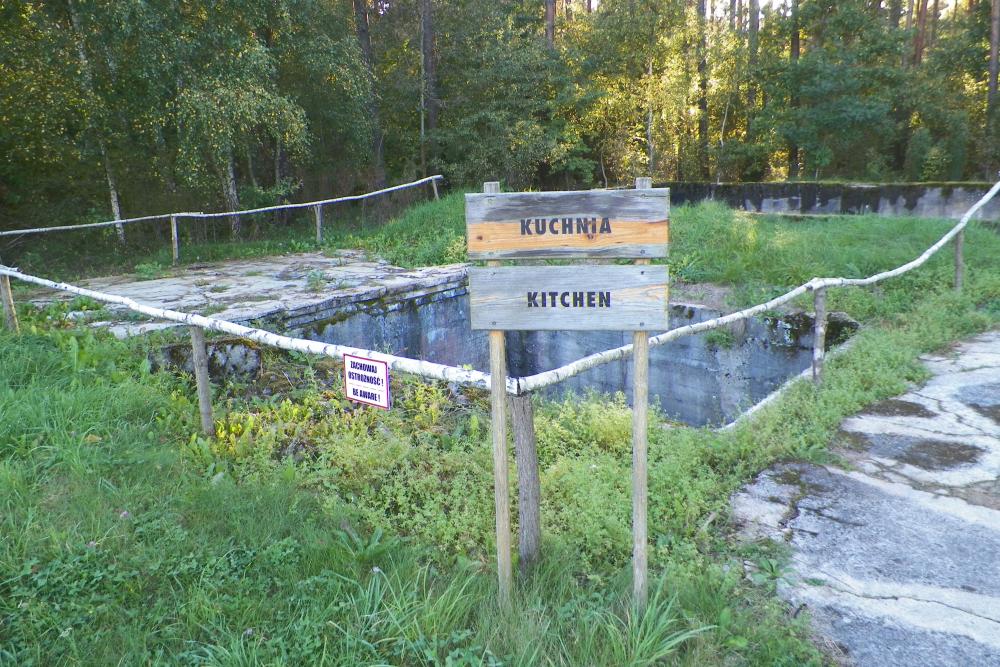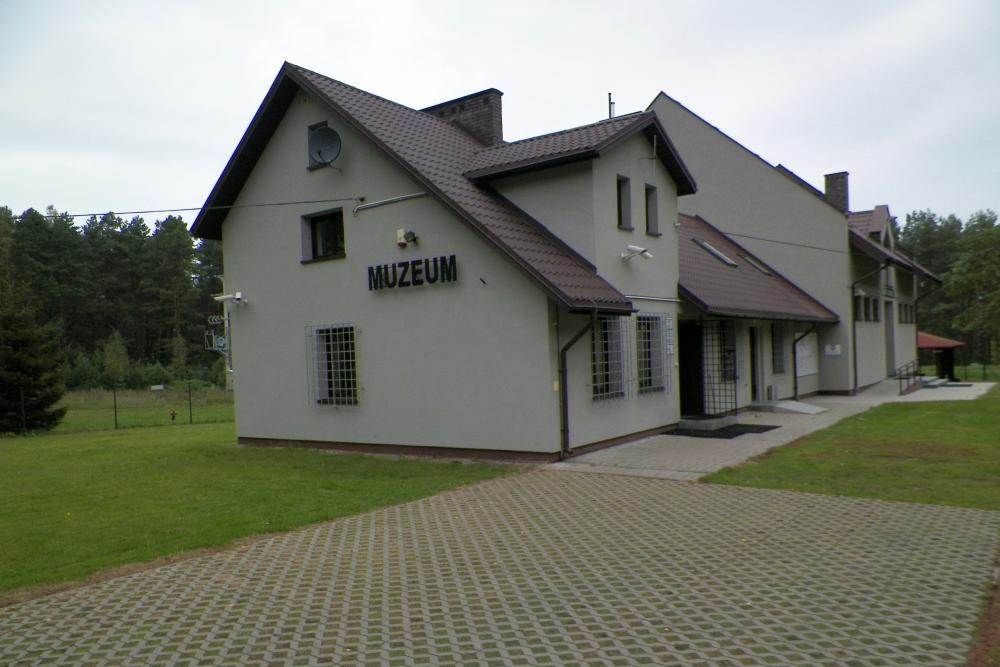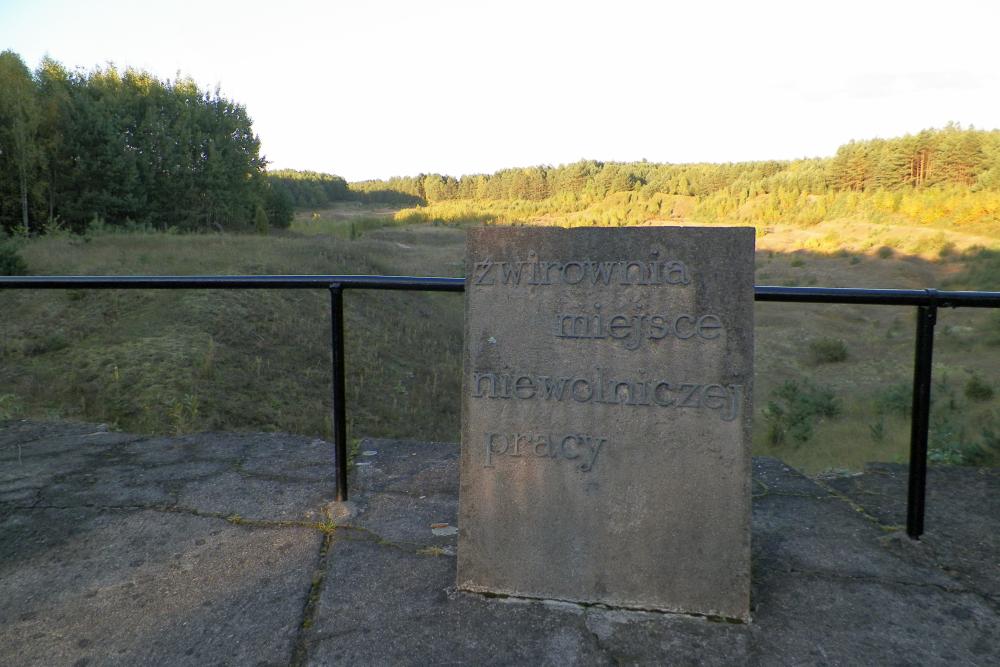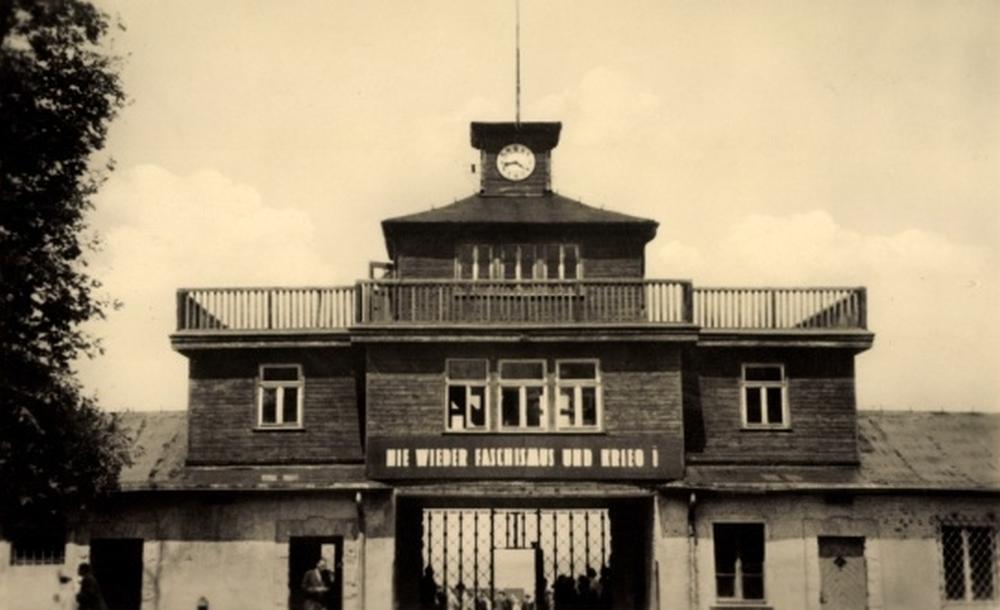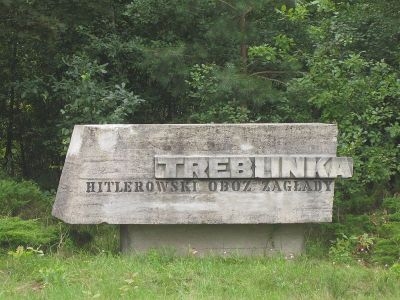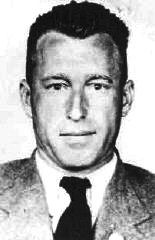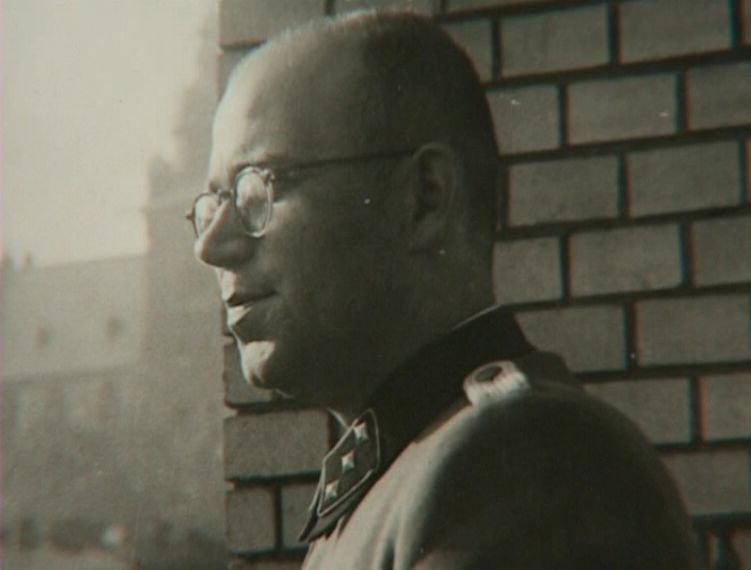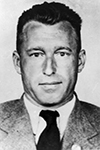Extermination Camp Treblinka
The Treblinka extermination camp was in use from July 1942 to August 1943 and was situated along the Warsaw-Byalistok railway, in northeastern Poland. Together with the camps Belzec and Sobibor, also located in Poland, Treblinka formed the heart of the Aktion Reinhard, the plan of the Nazis to kill as many Jews as possible in the shortest possible time. Combustion engines were used in the extermination camps of the Aktion Reinhard. The exhaust gases from these engines were directly released into the gas chambers. About 800,000 Jews died by carbon monoxide poisoning in Treblinka. The victims originated from the Polish districts of Warsaw and Lublin, but also from Macedonia, Bulgaria and Greece, for example.
Treblinka was the most developed of the three extermination camps. The camp was only built when Belzec and Sobibor were already active, so that the past experiences could be applied to the planning and construction of a new murder factory.
A rebellion took place on Monday, August 2, 1943, in the late afternoon. After months of preparation, a group of Jewish work prisoners had managed to steal weapons and ammunition from a storage facility and secretively spread them around the camp. When the first shots were fired, resistance broke out all over the camp. Barracks were set on fire, grenades were thrown, and firefights ensued between guards and prisoners. Of the 1100 Jews who were in the camp at that time, about 300 broke out. Half of them were quickly tracked down and killed. Some sixty refugees eventually survived the war.
The Treblinka uprising led to the closure of the camp and it was subsequently demolished a short time later.
Treblinka has an impressive monument and a small museum. The monument was th result of a national design competition launched by the Warsaw City Council in 1960. Many thousands of granite fragments have been used to create a huge symbolic Jewish cemetery. On May 10, 1964, the memorial commemorating the victims of Treblinka extermination camp was officially unveiled. Today, the Treblinka stone field is still considered one of the most impressive Holocaust monuments.
Do you have more information about this location? Inform us!
Source
- Text: Frank van der Elst
- Photos: Frank van der Elst

